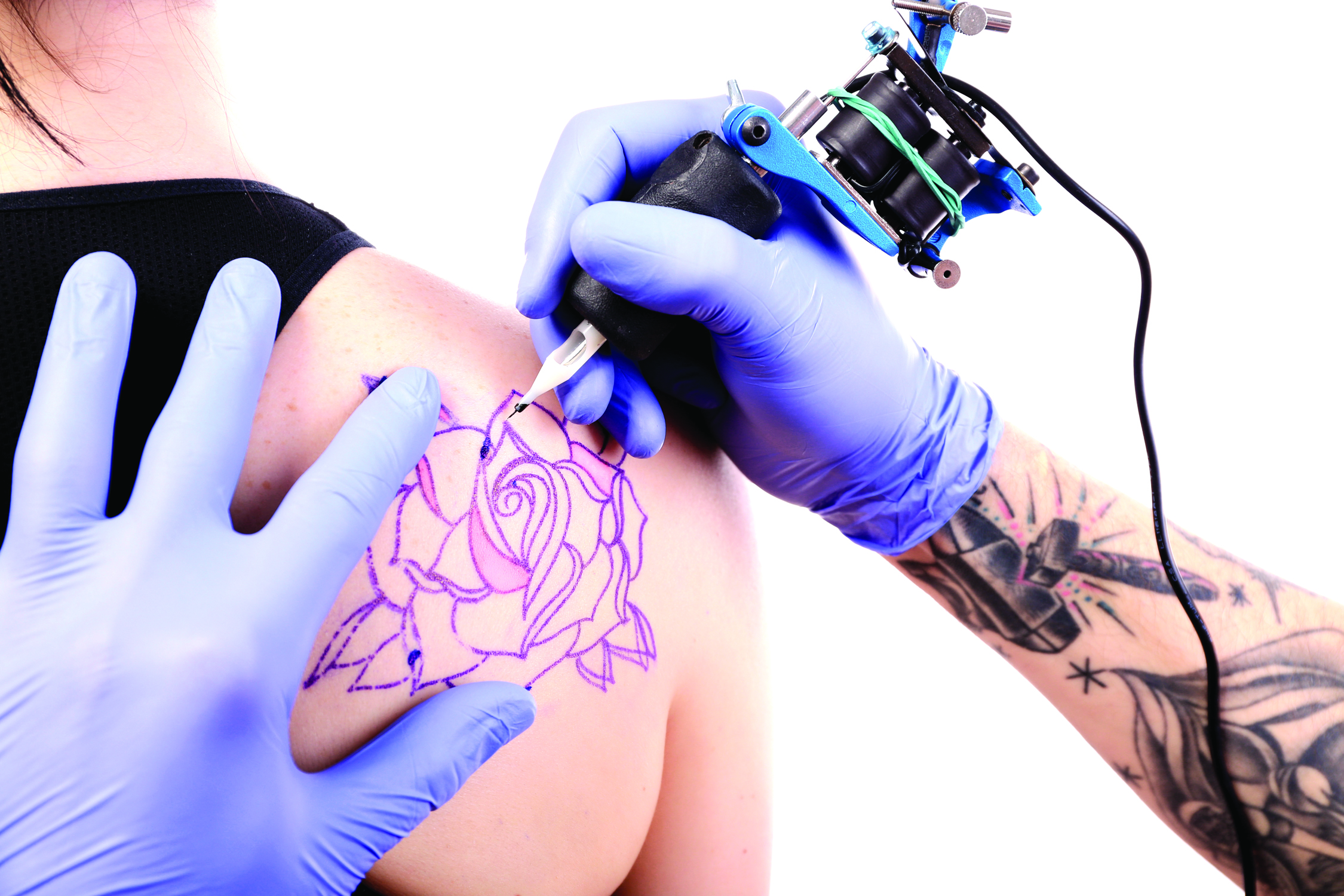AAP offers guidelines to reduce risks linked to body art in teens

CHICAGO — Parents of teenagers considering tattoos, piercings or scarification — cutting, burning or branding the skin — are encouraged to inform their pediatrician to facilitate a discussion of consequences and potential risks associated with body modifications, according to a policy statement from the AAP’s Committee on Adolescence.
The statement was released in conjunction with the 2017 AAP National Conference and Exhibition.
“The demographics of who is getting tattooed or pierced has changed considerably over the past 30 years,” committee chair Cora C. Breuner, MD, MPH, from the Division of Adolescent Medicine at Seattle Children’s Hospital, said during a press conference at the meeting. “Although previously considered something that was only done in the military or by prisoners or gangs, today nearly 50% of people between the ages of 18 and 30 have some kind of piercing or tattoo. This practice is much more accepted in the younger generations than in older ones.”

The policy statement offers recommendations for pediatricians and parents on carefully assessing the sanitary and hygienic practices at the intended tattoo or piercing establishment, notably the observation of new, disposable gloves and the removal of new equipment from sealed sterile containers.
Additionally, the tattoo and piercing establishment chosen should be state-regulated and provide clients with information on follow-up care for the modified area. Although not as highly regulated, scarification has been prohibited in 4 states with similar legislative bans noted in 16 other states.
The statement addresses the need for pediatricians to distinguish between voluntary body modifications and nonsuicidal self-injury syndrome, which is described in the Diagnostic and Statistical Manual of Mental Disorders, Fifth Edition as at least 5 days of engaged self-injury with the hopes of creating bodily harm without suicidal intent.
“Body modification is definitely not considered a form of self-harm,” Breuner said. “We are working to dispel the myth that the people who do this are trying to injure themselves. When you see a person with 7 or 8 piercings in their ear, it is not a cry for help, but rather a form of self-expression.”
Once discussion of body modification has been established, Breuner and colleagues recommend that pediatricians counsel their patients regarding potential difficulties in acquiring or maintaining a job if the modification is visible: In a 2014 survey, 76% of individuals with visible modifications noted that they believed it had hurt their chances of getting a job.
“I feel that, as pediatricians, the people we are charged to care for should receive every ounce of information they can to make an informed decision, while a firm ‘no, you can’t do that’ will pretty much drive teenagers to do it,” Breuner said.
The statement encourages pediatricians of teenagers considering tattoos to:
- Inform the patient and family that tattoos are permanent and that removal is difficult, expensive and often only partially effective;
- Inform patients with a history of keloid formation should avoid modifications that puncture the skin;
- Advise patients to seek immediate medical care if there are signs and symptoms of infection;
- Warn patients regarding lesions that appear to grow or change within a tattoo, as these are an indication for potential neoplasms;
- Inform patients and families with a positive G6PD deficiency to avoid red henna temporary tattoos due to potential risk of hemolysis. Likewise, black henna temporary tattoos should be avoided due to significant sensitization rate;
Pediatricians of teenagers considering piercings should:
- Advise patients to rinse with nonprescription oral cleansers or topical application of cleansers to prevent infection following an oral piercing;
- Prescribe fluoroquinolones when treating piercing-associated infections of the auricular cartilage;
- Advise patients considering a tongue piercing of the increased risk of tooth chipping;
- Recommend that all jewelry be removed during contact sports, especially any jewelry that interferes with mouth guards or protective equipment;
- Urge those who are breast-feeding that nipple jewelry be removed prior to feeding.
Pediatricians of teenagers considering scarification should:
- Inform patients with a history of keloid formation about the risk linked to scarification and other modifications;
- Treat infections from scarification with standard topical or systemic antibiotic agents, as with other skin and soft tissue infections.
“As a pediatrician, adolescent medicine provider and a mom, I feel very proud and excited that this topic has received so much attention and that we are finally providing resources for our pediatricians, other practitioners and parents to make sure that children who are considering body art are doing it in a safe and healthy way,” Breuner said. – by Bob Stott
Disclosure: The researchers report no relevant financial disclosures.


